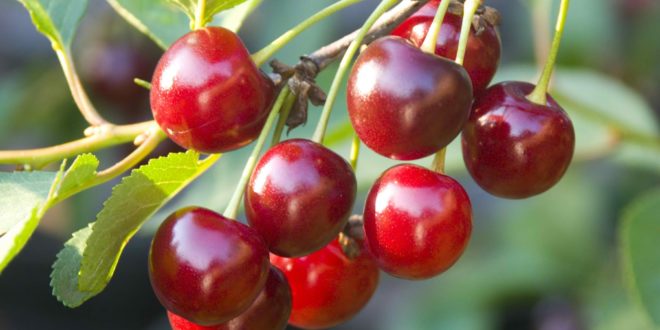
Argentina Exported Over 6,000 Tonnes of Cherries This Season
Jan, 14, 2025 Posted by Gabriel MalheirosWeek 202503
Argentina continues to strengthen its position as a leading producer and exporter of cherries, with five provinces driving production: Mendoza, Río Negro, Neuquén, Chubut, and Santa Cruz. During the 2023-24 season, the country exported 7,192 tonnes of cherries, solidifying its status as Latin America’s second-largest cherry exporter, according to data from Más Producción.
In the current 2024-25 season, Argentina has already exported 6,099 tonnes of cherries—a 34% increase compared to the same period last year, according to the National Agri-Food Health and Quality Service (SENASA). With three months remaining in the season and a strong harvest expected in both quality and quantity, Argentina is on track to break its own export record.
“We’re very pleased with the quality of this year’s fruit and the favorable weather conditions. We believe export volumes will continue to grow throughout the season,” said Aníbal Caminiti, manager of the Argentine Chamber of Integrated Cherry Producers (CAPCI).
Key Export Markets
China remains the top destination for Argentine cherries, accounting for 39% of shipments this season. Since October, the country has exported 2,358 tonnes to China, a 38% year-on-year increase, with the first shipments originating from the Middle Valley of Río Negro.
The United States ranks as the second-largest market, receiving 1,824 tonnes so far—a 36% increase compared to the same period in 2023. Spain follows in third place, with imports totaling 629 tonnes, up 30% year-on-year.
Together, China and the United States represent nearly 70% of Argentina’s cherry exports, underscoring their growing dominance in the country’s trade landscape. However, exports to the United Arab Emirates declined by 30% year-on-year.
Shift to Air Freight
Air transport has become increasingly important for cherry exports. In the last quarter of 2023, air freight accounted for 77% of shipments, rising to 85% in 2024. This shift reflects the need to quickly deliver early-season fruit to strategic markets, where prices are highest during the initial commercial windows.
Source: Fresh Plaza
-
Grains
Feb, 14, 2024
0
Soybean meal exports expected to grow 60% in February
-
Blog News (ENG)
Jan, 05, 2023
0
Freight forwarder Asia Shipping looms in the India-Latin America trade
-
Ports and Terminals
Nov, 06, 2023
0
Port of Paranagua Aims for Record Grain Shipments by End of 2023
-
Shipping
Jun, 07, 2024
0
Containers rolled as spot rates climb to dizzying heights

